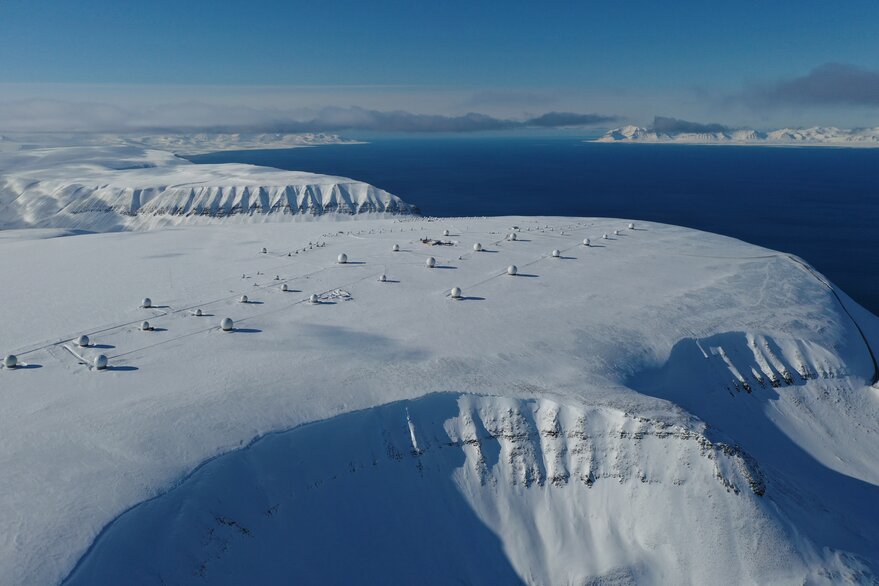SAN FRANCISCO – Kongsberg Satellite Services announced plans March 16 to establish a dedicated antenna network for lunar communications.
“Building and operating networks is our core competency,” Arnulf Kjeldsen, KSAT executive vice president for strategy and technology, told SpaceNews. After spending decades operating communications networks for satellites in low, medium and geostationary Earth orbit, supporting lunar communications is a natural next step, he added.
Companies are preparing to conduct robotic Commercial Lunar Payload Services missions, precursors to NASA’s return of astronauts to the moon through the Artemis program. Increasing cislunar activity is prompting KSAT to invest in a lunar communications network.
In contrast to the KSATlite 3-meter antennas that communicate with small satellites in low Earth orbit, the KSAT lunar network is likely to rely on 20-meter antennas. This year, KSAT is designing the lunar network and identifying three sites for large antennas to provide continuous coverage for spacecraft operating near the moon and for lunar data relay constellations.
“You need to have your network spread out on different longitudes, ensuring that you have continuous visibility to the moon as the Earth rotates,” Kjeldsen said.
In spite of the unique distances involved in lunar communications, many aspects of lunar communications will be similar to those of communicating with satellites in Earth orbit. Customers, for example, will reserve time to contact their spacecraft with the same API used by companies operating satellites in Earth orbit.
“We have a one single interface,” Kjeldsen said. “If you want a lunar contact, you do the same things as you would for a low Earth orbit contact or a medium Earth orbit contact.”
KSAT also intends to provide communications coverage for every stage of a customer’s lunar mission, including launch and early operations, transit, lunar or Lagrange orbital insertion, lunar landing, surface operations, Earth return and atmospheric re-entry.
KSAT announced plans in February to offer communications for the Lunar InfraRed Imaging (LunIR) mission with ground stations in Punta Arenas, Chile, Svalbard, Norway, and Antarctica’s Troll station.
